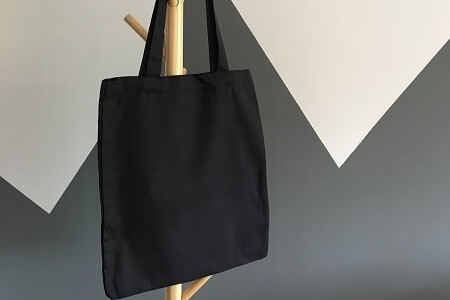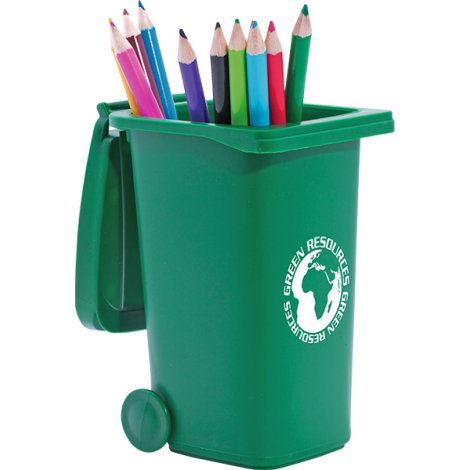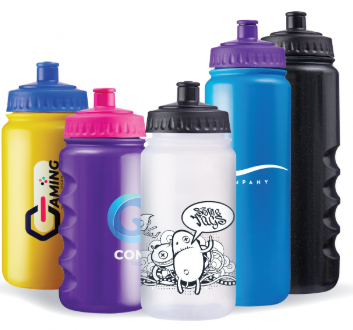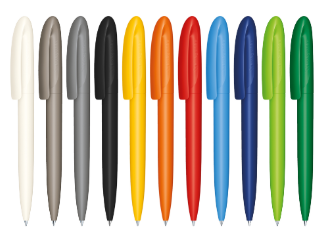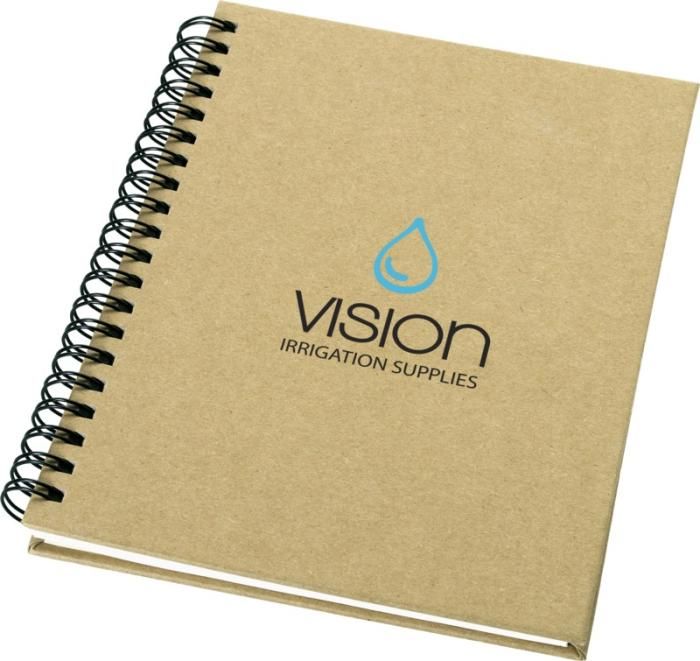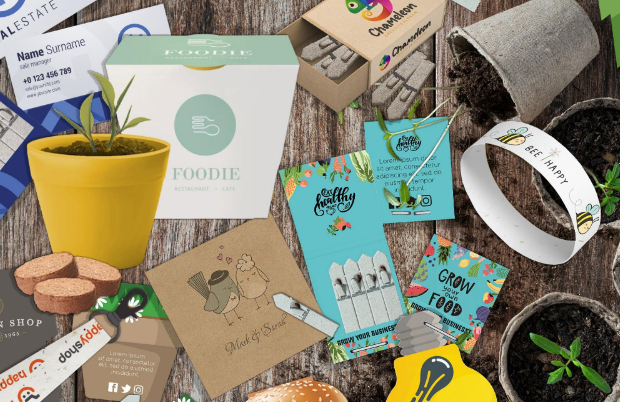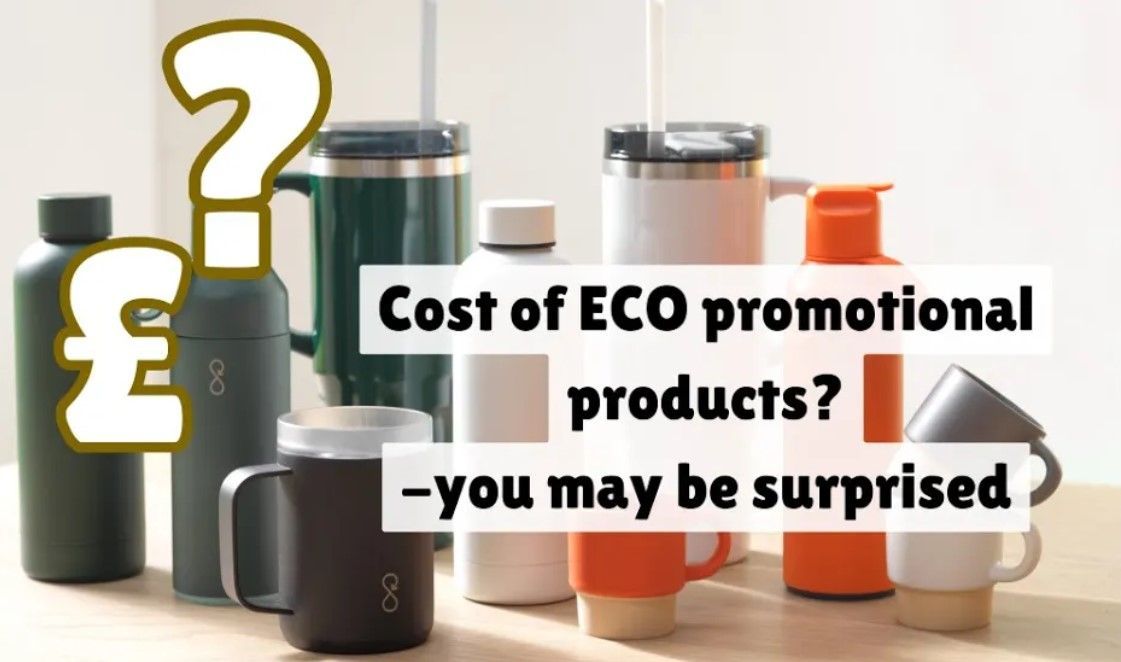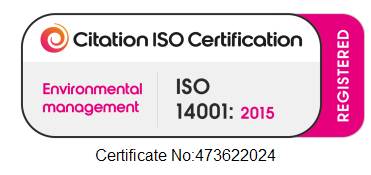Eco Friendly Promotional Products
Branded Eco Friendly Promotional products by Type A range of branded eco friendly merchandise ideas to fit any budget - stylish and environmentally friendly
Branded Eco Swag by Manufacture
Need Ideas?Advice?
Not found something you were after? Get in touch.
Why eco-friendly branded merchandise?
Branded merchandise is a proven way to promote a brand and brand values. The choice of the promotional products is a way to demonstrate brand values in a tangible way. Give a corporate gift which is elegant and you convey your view of the client and the standards to which your company aspires.
It is not possible, today, for a company not to declare its position on the environment and its commitment to a carbon free future. The giveaways we choose can either be sustainable and environmentally friendly giveaways or you send totally the wrong message to your target audience.
If our marketing is to be effective and our merchandise designed to signal our brand values it must be environmentally friendly.
How to choose environmentally friendly promotional items
The rules for choosing eco-friendly merchandise are the same as choosing any promotional item. There are certain things to be considered:
So how do you decide what to spend your money on? We believe there are a number of consideration
- Who is you audience?
- What are you trying to say?
- Retention of the product
- How will you distribute the products?
- Budget
The final one, budget, is often the thing that drives the choice for many marketers, but we would argue that whilst the real world economics have an influence, this should not be the primary driver – 10,000 cheap plastic pens is not always the answer! I, like many others, have a draw full – and as I write this I could not name you one company from the 20-30 pens currently in my desk draw. I do know the name of the company that gave me the ‘Cross’ pen that I use regularly though and we need to acknowledging that sustainable gifts can be more expensive.
But let’s examine the other principle factors
1. WHO IS YOUR AUDIENCE?
Like everything in marketing the customer, or prospect, should always be at the centre of your thinking. Choosing a product should be based on the customer and what would appeal to them rather than your own personal preferences.
Whether we are talking eco-friendly products or any corporate gift the nature of the customer should be upper most in the mind – matching your target demographic. But we should also think about are we talking to an environmentally aware group or are we looking to change hearts and minds
2. WHAT ARE YOU TRYING TO SAY?
So what is the purpose of your giveaway? The promotional product is given so that the receiver remembers your name and your brand in the future. To achieve this the product must be branded with your logo but also think about putting the website or phone number on – acts as a much better call to action.
The product also says something about your brand and not just about its eco-credentials – the brand you have has certain values for example are you:
- Corporate, trusted and confidential partner
- Young, trendy and exciting
- Fashionable, classy and aspirational
- Value for money
- Technical, forward thinking and cutting edge
- Overtly environmental or subtle messaging
3. RETENTION
Possibly the most important aspect of the promotional product is the concept of retention. Unlike a Google ad or email, the promotional product presents the opportunity of being retained for a long time with the consequent re-enforcement of brand.
The secret to retention is how useful the product is – clearly a different audience has a different view on usefulness – the more useful and ubiquitous the product is the higher the likely retention. Products like lanyards often used at exhibitions have very little use thereafter, will you really retain the large paper carrier bag?
4. HOW WILL YOU DISTRIBUTE THE PRODUCT?
Your choice should bear in mind the distribution method – think how you intend to use the product. If it is intended to be sent as part of a mailing then weight and size matter a lot. The ideal environmentally friendly product here may be seeds. If it is handed out at an exhibition then weight is important, but less so. If the product is handed out by sales representatives then this becomes less important.
5. BUDGET
Finally there is budget – clearly important but hopefully by now you will appreciate that this should never be the overriding driver
Content We Think You'll Like





